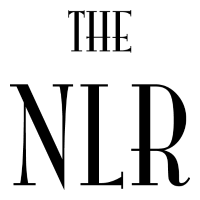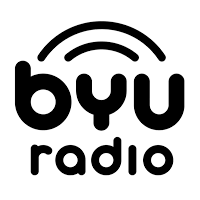Media Watch
Researchers develop at-home coronavirus saliva test
Technology.org -
Researchers in the Henry Samueli School of Engineering at the University of California, Irvine announced promising results in the development of a non-invasive at-home antigen test to detect the spike of SARS-CoV-2 proteins in saliva. The team, led by Michelle Khine, professor of biomedical engineering, posted their findings on the preprint server medRxiv.org. Khine is proposing a point-of-care platform that uses saliva, an electrochemical reaction and the children’s toy Shrinky Dinks to create the low-cost electrodes. Read More
Can at-home tests help Orange County get a handle on the pandemic?
Daily Pilot -
UC Irvine doctoral student and researcher Julia Zakashansky said at-home tests are necessary to combat the spread of the virus. Zakashansky and UC Irvine professor Michelle Khine are currently developing an at-home saliva test for COVID-19. … “So what we’re trying to allow is for a device that you can use and read yourself, within an hour of actually collecting your saliva,” Zakashansky said, comparing it to a pregnancy test. [Subscription required, you can request an electronic copy of the article by sending an email to communications@uci.edu.] Read More
UC Irvine researchers develop rapid antibody generation technology that could target COVID-19
Daily Pilot -
When the coronavirus pandemic hit, a team led by UC Irvine and Harvard Medical School researchers started discussing how to apply their ongoing work to the current climate. … “We decided to apply it to some coronavirus targets, the S-protein,” said Chang Liu, UCI assistant professor of biomedical engineering. “As we were furthering our development of the technology, it’s started working very well on these COVID targets.” [Subscription required, you can request an electronic copy of the article by sending an email to communications@uci.edu.] Read More
Study offers new approach for more accurate epidemic modeling
Medical Xpress -
"Standard epidemiological models rely on the presumption of strong mixing between infected and non-infected individuals, with widespread contact between members of those groups," said co-author Tryphon Georgiou, UCI Distinguished Professor of mechanical & aerospace engineering. "We stress, rather, that transmission occurs in geographically concentrated cells. Therefore, in our view, the use of fractional exponents helps us more accurately predict rates of infection and disease spread." Read More
Researchers develop rapid antibody generation technology
Technology -
“Our most salient demonstration of AHEAD was using it to obtain potent neutralizing nanobodies against SARS-CoV-2 in just one-and-a-half to three weeks of uninterrupted time,” said co-principal investigator Chang Liu, associate professor of biomedical engineering in UCI’s Samueli School of Engineering. Read More
California utilities to launch hydrogen blending demonstration project
National Law Review -
This is not SoCalGas Co.’s first foray into power-to-gas technology. In partnership with the National Fuel Cell Research Center and the University of California–Irvine, it has already begun developing power-to-gas technology capable of producing green hydrogen. Read More
The Future of Hydrogen Fuel
BYU Radio – Top of Mind With Julie Rose, Nov. 24, 2020 (Audio) -
Guest: Jack Brouwer, Professor of Mechanical and Aerospace Engineering, Director, National Fuel Cell Research Center, University of California, Irvine. You might think the future of cars is electric, but there’s another green alternative that was the alternative everyone was talking about a few decades ago. It’s hydrogen. A car can go three-hundred miles or more on a tank of hydrogen gas and only water vapor comes out the tailpipe. There are already hydrogen-powered buses and trucks on the road today, so why hasn’t the technology taken off more broadly? [Starts 39:59] Read More
UC Irvine Research Program Takes Step Toward Affordable Energy
Patch -
A project that began at UC Irvine is taking its first steps in finding real-world ways to reduce carbon emissions and deliver affordable and reliable energy to 22 million California customers. Working in a partnership with SoCalGas and the National Fuel Cell Research Center, UC Irvine helped develop the technology known as Hydrogen Blending. According to reports, it will be the first in California and among the first in the nation to seek ways of reducing carbon emissions. Read More
SDG&E and SoCalGas Announces Hydrogen Blending Demonstration Program
Times of San Diego -
SoCalGas, which is working in partnership with the National Fuel Cell Research Center and UC Irvine to develop the technology, launched the first power-to-gas demonstration project in the United States in 2015. Read More
Hydrogen replacing fossil fuels and becoming new source of power
ABC7 Los Angeles -
Jack Brouwer, Professor of Engineering at UC Irvine is ecstatic to see the change. "It's exciting to have this happening in our backyard. It's exciting also to be one of the first in the world to actually adopt this platform," he says. Professor Brouwer says green hydrogen can be used to power not only buildings and cars, but also jets, ships, trains and long haul trucks and its emissions won't harm people or the environment. … “The only emission is water," he says. Read More








